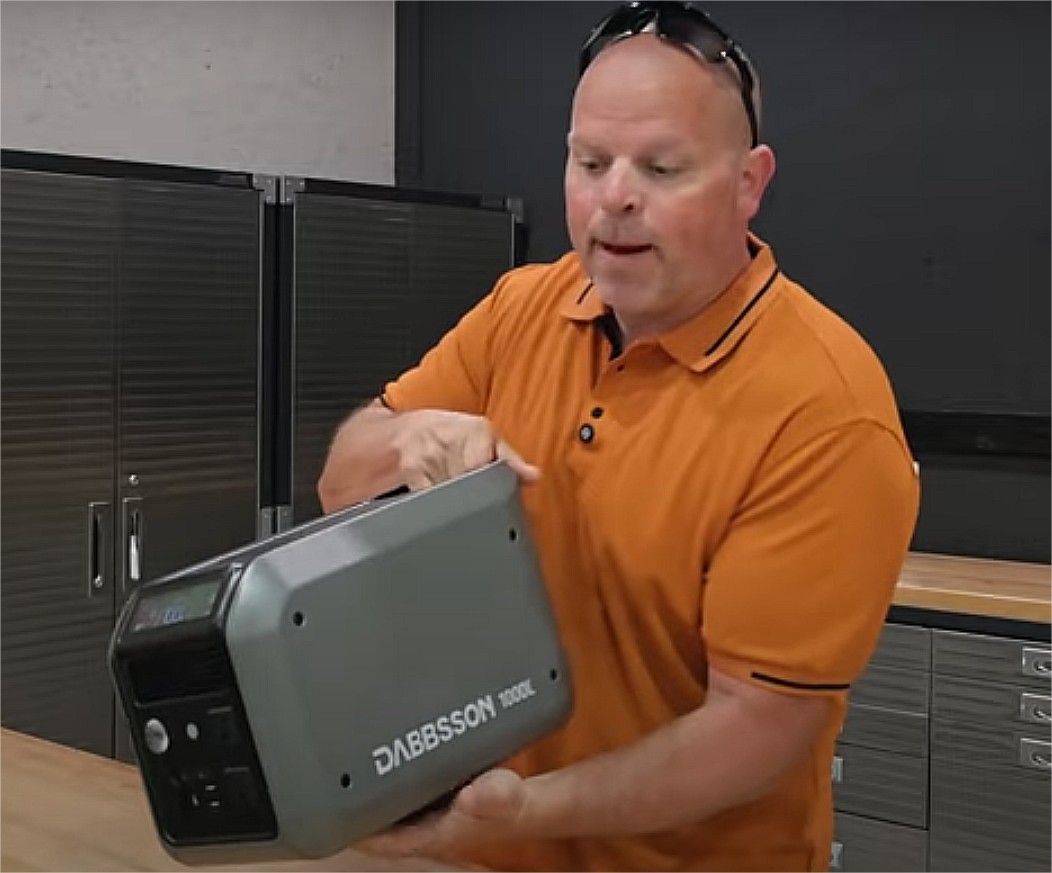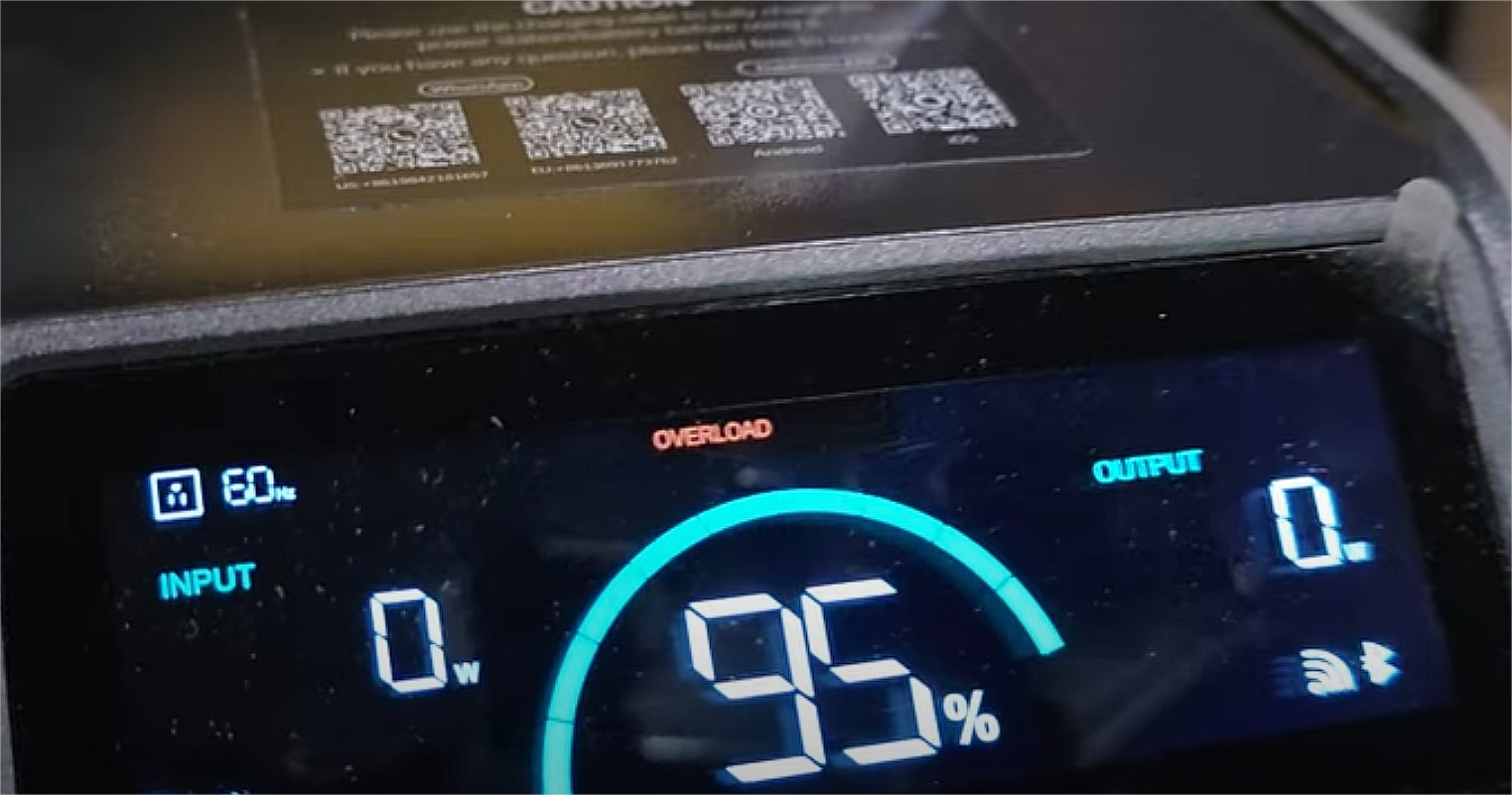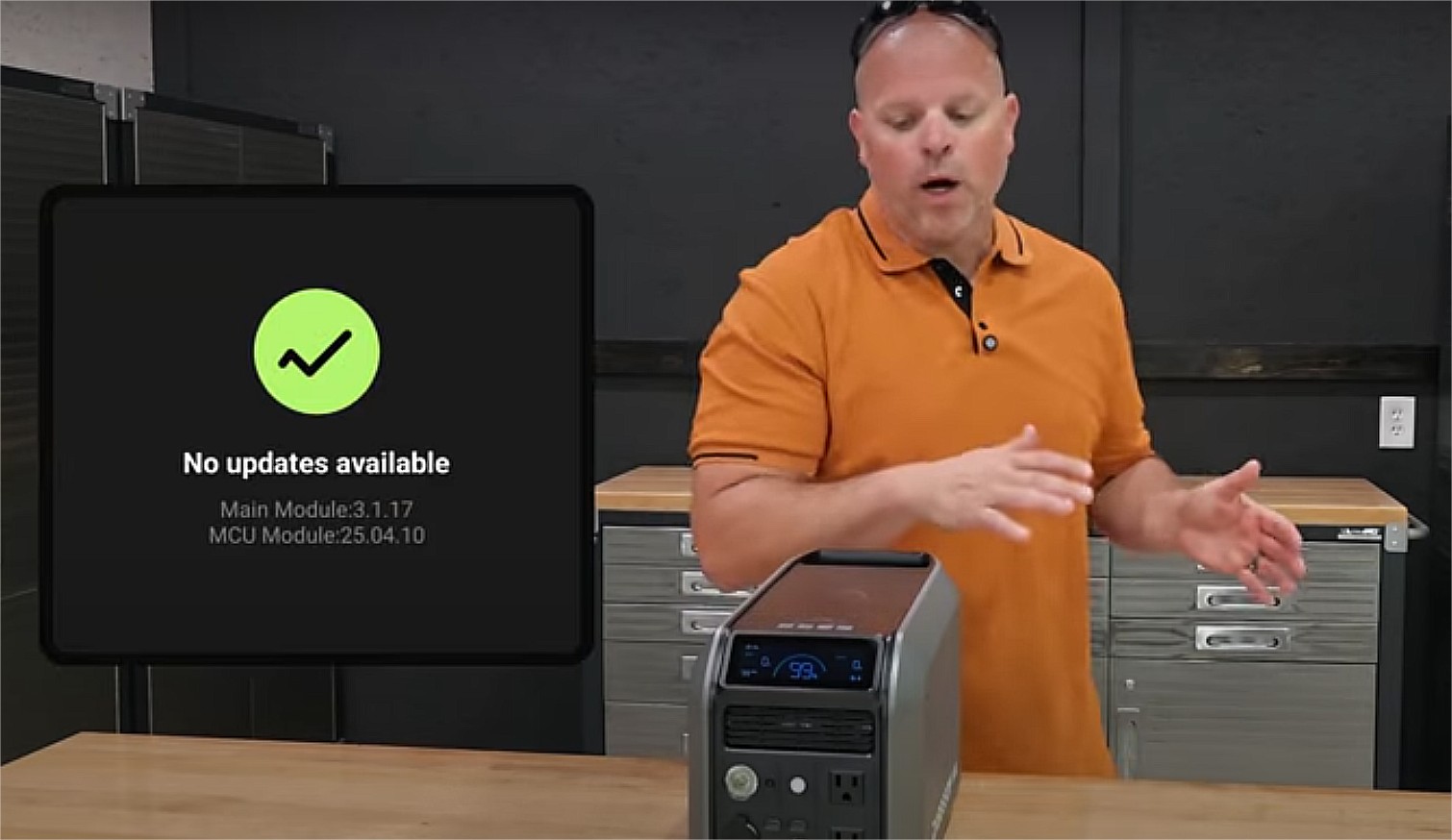When it comes to portable power solutions, performance must go beyond just good specs on paper. The Dabson 1000L enters the scene as a sleek, feature-packed portable power station boasting a 1,200W pure sine wave inverter and 1,080Wh battery. But in real-world tests, does it live up to expectations? While the hardware impresses, firmware hiccups pose serious concerns—particularly for users relying on solar charging or accurate power monitoring.
In this detailed review, I break down what works, what doesn’t, and whether this power station is ready for your next off-grid trip or backup setup. From quiet operation to port versatility, the Dabson 1000L shows promise—but with a few glaring flaws.

Solid Power Output Meets Usability Roadblocks
The Dabson 1000L offers a continuous 1,200W output and 1,080Wh lithium battery, making it suitable for powering laptops, small appliances, and even some power tools. In tests, it handled around 750W loads smoothly for extended periods.

However, real-time power output readings were inconsistent:
- The display fluctuated from 70W to 1,450W under the same load.
- This raises concerns for users managing sensitive or high-demand devices.
- Power ratings should never appear to exceed system limits—it erodes user trust.
While the inverter itself seems reliable, these misreadings reflect a firmware calibration issue that could be addressed with a software patch.

Solar Charging Glitch: A Dealbreaker for Off-Grid Users?
One of the most concerning issues revealed during testing is the unit’s inability to charge from a 400W solar panel—even though the panel met voltage and amperage requirements.
The key solar-related issues include:
- Input power barely registered when the solar panel was connected.
- The panel’s actual output was verified using other equipment.
- This points to a likely charge controller or firmware problem.
Given that solar compatibility is a major selling point for portable power stations, this flaw greatly reduces the Dabson 1000L’s appeal for off-grid and emergency power use. It’s a firmware issue that Dabson must resolve before wide-scale release.
Port Design and Hardware: A Thoughtful, Practical Layout
Despite the software issues, Dabson nailed the physical design and port configuration. The power station includes:

- Two 120V AC outlets for essential home appliances.
- High-wattage USB-C ports (80W & 100W) ideal for laptops and drones.
- USB-A ports for phones and smaller electronics.
- A 12V car socket for legacy or camping gear.
Each port is logically placed, and the controls are intuitive. Build quality feels premium with durable housing and clearly labeled inputs. The hardware is not the issue here—the potential is all there.
Quiet Performance with Smart Fan Placement
No one wants a portable power station that sounds like a jet engine. Fortunately, the Dabson 1000L runs impressively quiet:

- Fan noise is directed away from the user, reducing disruption.
- At moderate loads, sound levels remain around 45–50 dB.
- During light loads, it’s nearly silent—great for indoor or nighttime use.
This thoughtful cooling system enhances the unit’s appeal for both recreational and indoor emergency use, where low noise is a plus.
Efficiency and Battery Performance: Room for Optimization
The 1,080Wh battery, on paper, promises solid runtime. But factoring in inverter losses:

- Usable output drops to around 824Wh (~82.4% efficiency).
- That’s slightly below the average efficiency for units in this class.
- Improving inverter optimization could boost real-world performance.
For users planning load runtimes, this is a crucial consideration. That said, the efficiency is serviceable and not a major red flag—especially if software updates improve usage monitoring.
Firmware: The Final Hurdle
Firmware issues are often fixable, but they must be acknowledged:

- Inaccurate output display could lead to overloading.
- Solar charging glitch defeats one of the product’s top selling points.
- These problems may be patchable—but they need to be prioritized.

A product can have stellar hardware and still underperform due to buggy software. Dabson has the foundation of a solid power station, but execution matters—especially in mission-critical applications like emergency backup.
Transparency in Reviews Matters
A refreshing part of this review is the honest, bias-free testing:
- No sponsorships influenced the outcome.
- Both flaws and strengths were clearly outlined.
- This type of transparency helps build real consumer trust.
In a market flooded with influencer-driven hype, real-world testing is essential. Honest reviews not only help users but also drive manufacturers to fix issues and innovate.
Key Takeaways
Here’s a quick summary of what works—and what doesn’t:
Pros:
- 1,200W pure sine inverter performs reliably under real loads.
- Excellent port selection for AC, USB-C, and 12V devices.
- Quiet operation with well-placed fan exhaust.
- High build quality with durable design.

Cons:
- Solar charging failure limits off-grid usability.
- Power output display misrepresents actual draw.
- Firmware updates needed for performance stability.
- Slightly below-average battery efficiency (82.4%).
Final Verdict: Wait for the Fix
The Dabson 1000L is a promising portable power station that just isn’t ready for prime time. If firmware updates address the solar input and display accuracy, this unit could easily compete with more established brands. Until then, potential buyers should be aware of these shortcomings and wait for confirmed fixes.
For serious off-grid users or emergency preparedness, reliability is everything. Dabson’s hardware delivers—it’s the software that needs to catch up.














